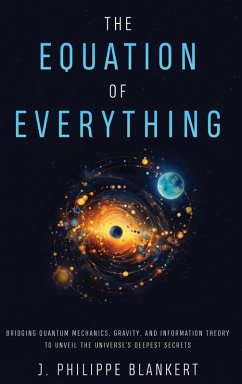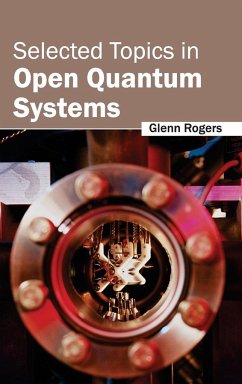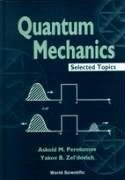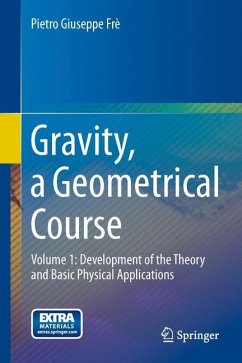
Selected Topics in Gravity, Field Theory and Quantum Mechanics
Versandkostenfrei!
Versandfertig in 1-2 Wochen
105,99 €
inkl. MwSt.

PAYBACK Punkte
53 °P sammeln!
Quantum field theory has achieved some extraordinary successes over the past sixty years; however, it retains a set of challenging problems. It is not yet able to describe gravity in a mathematically consistent manner. CP violation remains unexplained. Grand unified theories have been eliminated by experiment, and a viable unification model has yet to replace them. Even the highly successful quantum chromodynamics, despite significant computational achievements, struggles to provide theoretical insight into the low-energy regime of quark physics, where the nature and structure of hadrons are d...
Quantum field theory has achieved some extraordinary successes over the past sixty years; however, it retains a set of challenging problems. It is not yet able to describe gravity in a mathematically consistent manner. CP violation remains unexplained. Grand unified theories have been eliminated by experiment, and a viable unification model has yet to replace them. Even the highly successful quantum chromodynamics, despite significant computational achievements, struggles to provide theoretical insight into the low-energy regime of quark physics, where the nature and structure of hadrons are determined. The only proposal for resolving the fine-tuning problem, low-energy supersymmetry, has been eliminated by results from the LHC. Since mathematics is the true and proper language for quantitative physical models, we expect new mathematical constructions to provide insight into physical phenomena and fresh approaches for building physical theories.














